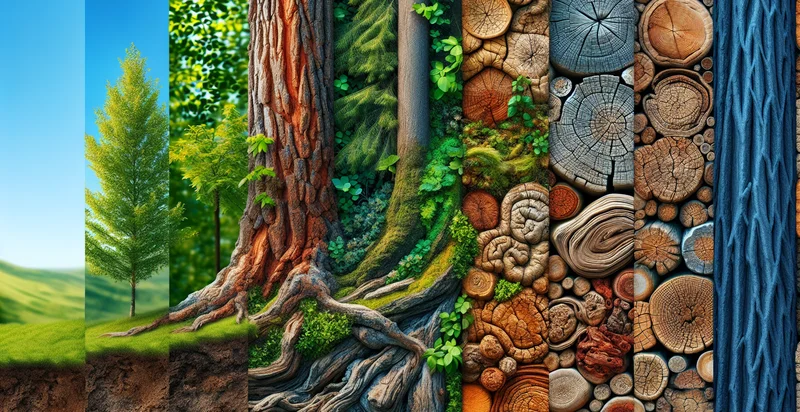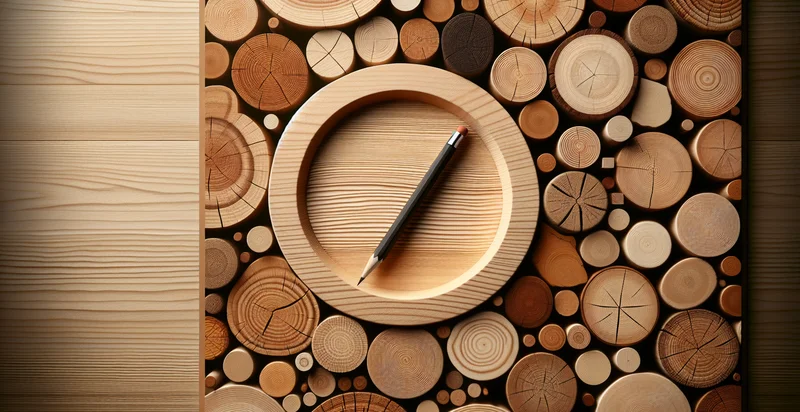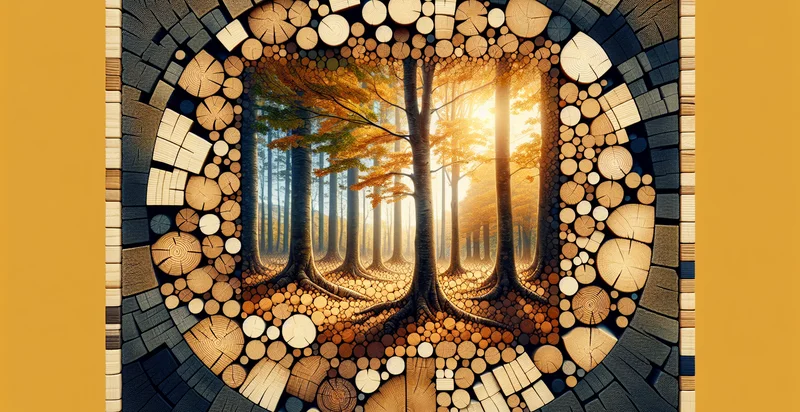Identify woodiness level
using AI
Below is a free classifier to identify woodiness level. Just upload your image, and our AI will predict the woodiness level of the plant species. - in just seconds.

Contact us for API access
Or, use Nyckel to build highly-accurate custom classifiers in just minutes. No PhD required.
Get started
import nyckel
credentials = nyckel.Credentials("YOUR_CLIENT_ID", "YOUR_CLIENT_SECRET")
nyckel.invoke("woodiness-level", "your_image_url", credentials)
fetch('https://www.nyckel.com/v1/functions/woodiness-level/invoke', {
method: 'POST',
headers: {
'Authorization': 'Bearer ' + 'YOUR_BEARER_TOKEN',
'Content-Type': 'application/json',
},
body: JSON.stringify(
{"data": "your_image_url"}
)
})
.then(response => response.json())
.then(data => console.log(data));
curl -X POST \
-H "Content-Type: application/json" \
-H "Authorization: Bearer YOUR_BEARER_TOKEN" \
-d '{"data": "your_image_url"}' \
https://www.nyckel.com/v1/functions/woodiness-level/invoke
How this classifier works
To start, upload your image. Our AI tool will then predict the woodiness level of the plant species..
This pretrained image model uses a Nyckel-created dataset and has 14 labels, including Annual, Bamboo, Cactus, Deciduous, Evergreen, Herbaceous, Non-Woody, Perennial, Semi-Woody and Shrub.
We'll also show a confidence score (the higher the number, the more confident the AI model is around the woodiness level of the plant species.).
Whether you're just curious or building woodiness level detection into your application, we hope our classifier proves helpful.
Related Classifiers
Need to identify woodiness level at scale?
Get API or Zapier access to this classifier for free. It's perfect for:
- Sustainable Forestry Assessment: This function can be utilized by forestry companies to assess the woodiness levels of various tree species. By identifying which trees have higher woodiness, companies can make informed decisions about sustainable logging practices and reforestation efforts.
- Biomass Energy Production: Energy producers can use the woodiness level identifier to evaluate the suitability of biomass sources for energy generation. This information aids in optimizing the raw material selection process, ensuring that only the most efficient biomass types are selected for conversion to energy.
- Quality Control in Wood Processing: Wood manufacturers can implement this function to conduct quality control on incoming raw materials. By classifying the woodiness level, producers can ensure that they are working with wood that meets specified quality standards for their products, resulting in fewer defects and enhanced customer satisfaction.
- Landscaping and Gardening Solutions: Garden centers and landscaping businesses can utilize the identifier to recommend tree and shrub species with appropriate woodiness levels based on customer needs and regional climates. This aids customers in selecting plants that will thrive and fulfill their aesthetic and functional landscaping desires.
- Research in Botany and Ecology: Researchers in botany and ecology can leverage the woodiness level identifier to study the growth patterns of different plant species. This information can contribute to understanding ecosystem dynamics and plant responses to environmental changes, ultimately supporting conservation efforts.
- Agricultural Practices Optimization: Farmers can apply this function to enhance the cultivation of woody plants, such as fruit trees or nut-bearing species. By identifying the woodiness levels, farmers can tailor their agricultural practices to optimize growth conditions and improve yields.
- Furniture Design Innovation: Designers and manufacturers can use the woodiness level identifier to inform their material sourcing and product development processes. Understanding the woodiness levels of various wood types can lead to innovative furniture designs that balance aesthetics, durability, and ecological impact.


